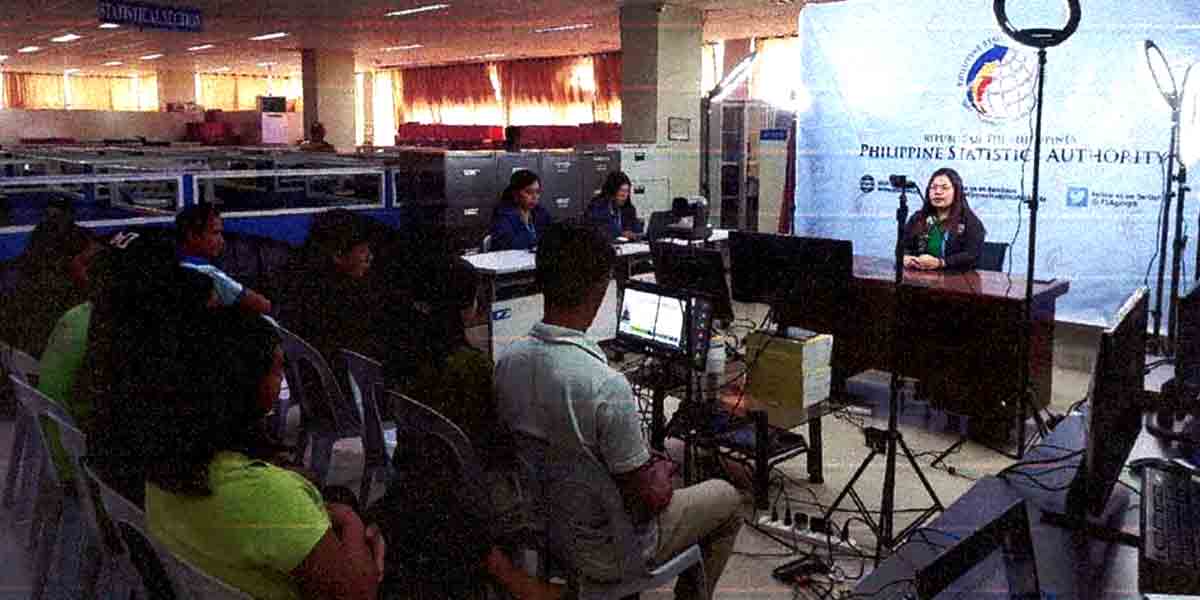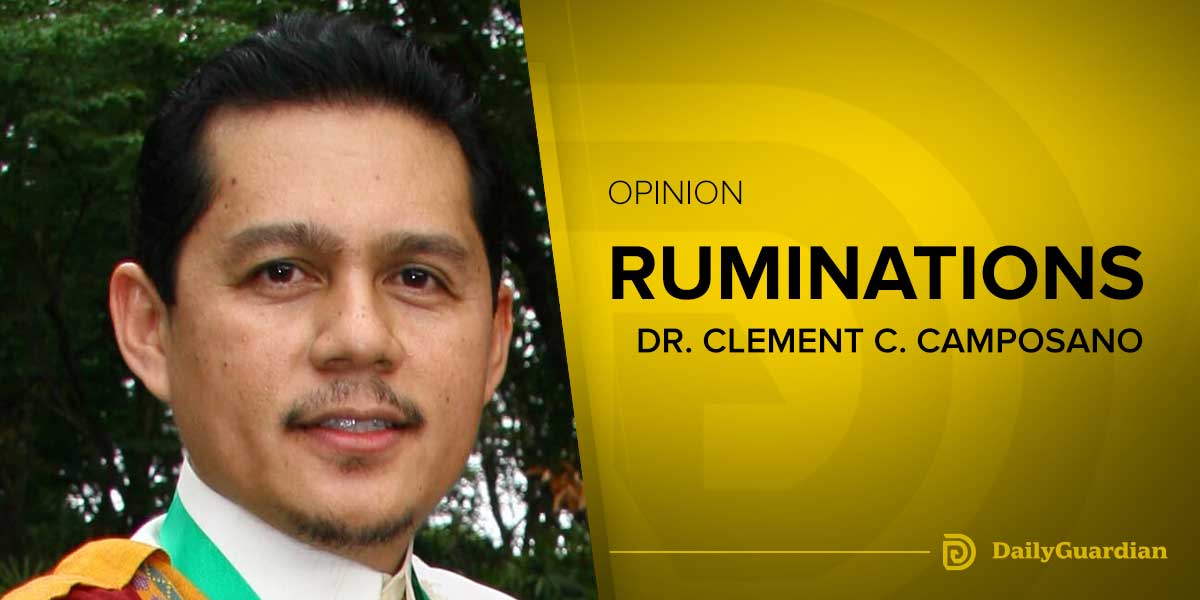Increasing the employability of the current and future workforce will translate to more job creation and better employment outcomes in the medium term, the National Economic and Development Authority (NEDA) said.
As reported by the Philippine Statistics Authority (PSA), the country’s unemployment rate improved to 6.0 percent in May 2022 from the 7.7 percent posted in the same period last year.
Concurrently, the number of employed individuals increased by 1.4 million in May 2022 from May 2021, bringing total employment to 46.1 million. Significant employment gains were recorded in the services sector as tourism and business outlook improved with the further easing of restrictions. This brings net employment creation to 3.5 million above pre-pandemic levels.
“Amidst external shocks, the government has sustained the economy’s growth momentum and steered it towards a higher growth path. Now, the immediate challenge is the full reopening of the economy. Over the medium term, the government will focus on creating more jobs, quality jobs, and green jobs through productivity-enhancing investments,” said Socioeconomic Planning Secretary Arsenio M. Balisacan.
However, as the number of self-employed and unpaid family workers increased, underemployment rate increased to 14.5 percent in May 2022 from 12.3 percent in May 2021, or an equivalent of 1.2 million additional underemployed.
According to the NEDA chief, these productivity-enhancing investments will include strategies to increase employability such as improved quality of education, provision of opportunities for life-long learning, in-demand skills development, options to obtain micro-credentials, enhanced job facilitation programs and strengthened linkages between industry, business and training institutions for a more efficient labor market.
Meanwhile, NEDA also commends the ease in metrics of the Department of Health (DOH) in determining the alert level system as critical in the economy’s reopening.
The NEDA chief likewise welcomed the move to immediately and safely resume face-to-face classes to increase domestic activities and prevent future productivity loss. He added that a catch-up plan is needed to regain the two years of learning lost during the COVID-19 pandemic.
“A learning catch-up plan is crucial. This will help secure better opportunities for future generations and ensure that our demographic dividend will not be wasted,” said Balisacan.



















